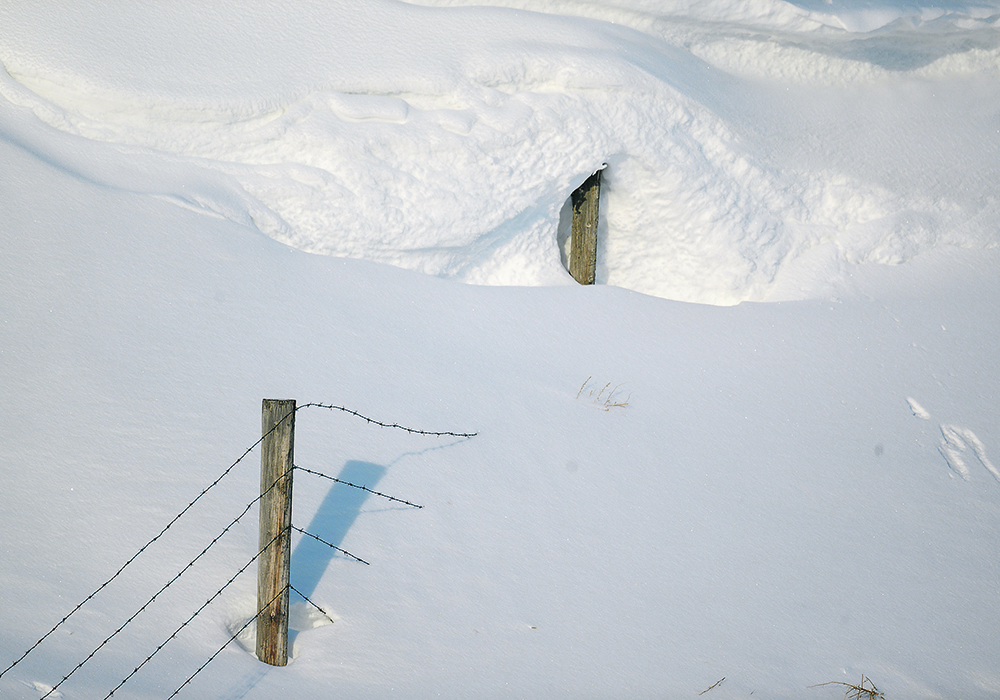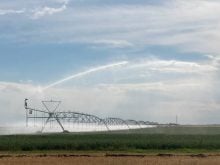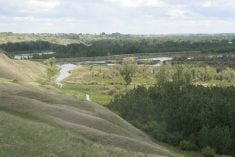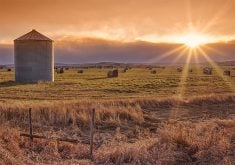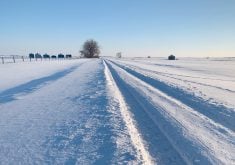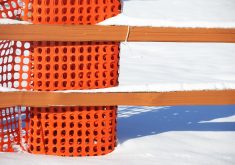U of S professor says snowpack levels on the Prairies have played a bigger role in soil moisture levels in recent years
The snowfall that accumulated across much of Alberta and Saskatchewan this season, as well as the rainfall that fell on southern portions of the Prairies over Christmas, will help recharge soil moisture levels.
However, the rain that caused dugouts to fill up with runoff is likely a subtle sign of the effects of climate change, according to Phillip Harder, research associate at the University of Saskatchewan’s Centre for Hydrology.
“There is a lot of winter left. The forecast is that we’re going to have a snowy winter again — a seasonal one. So, I’m hopeful, I have optimism that will translate into some recovery in most places,” said Harder.
Read Also
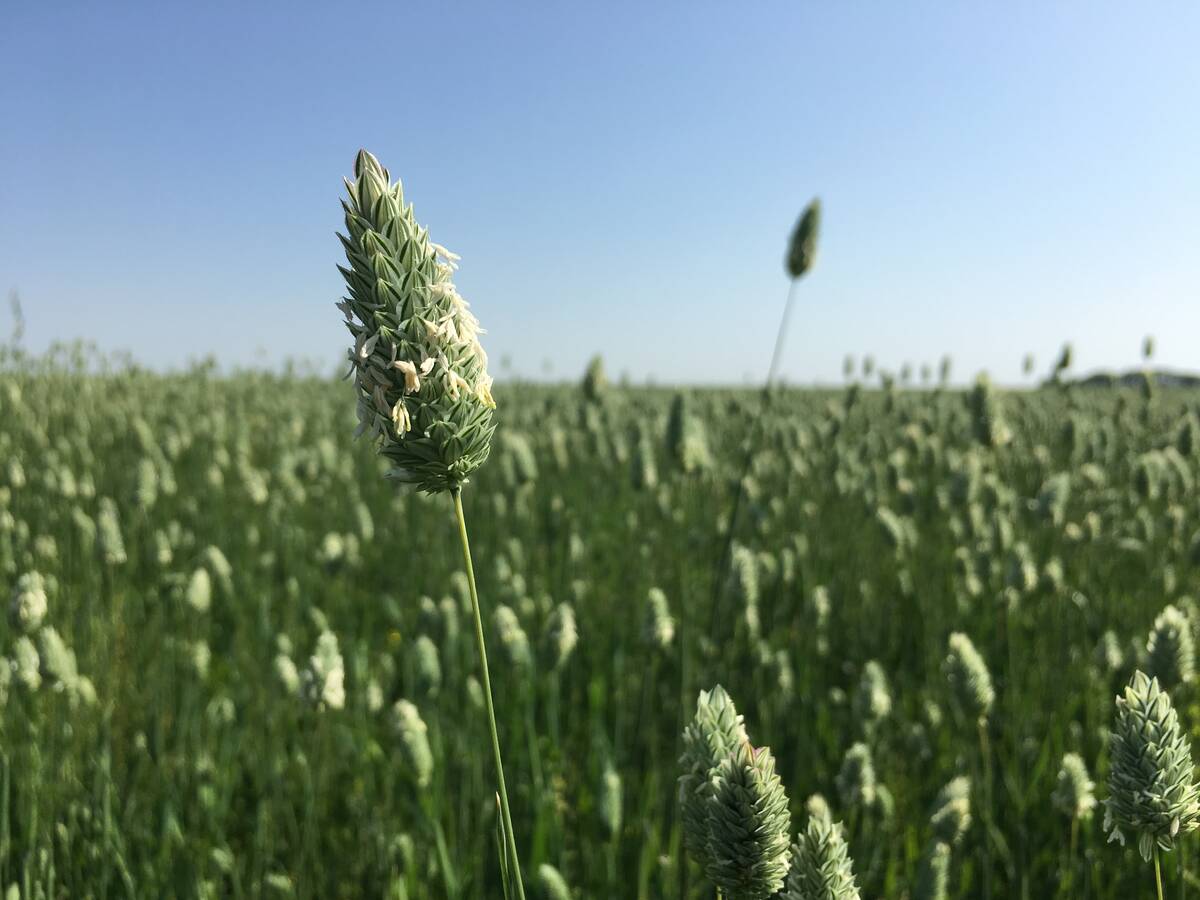
No special crop fireworks expected
farmers should not expect fireworks in the special crops market due to ample supplies.
The 2021 drought broke in the spring of 2022, helping soil moisture levels on cropland and pastures in Saskatchewan and Alberta. But a long, dry late summer and early fall saw soil moisture start to decline again in many areas in the south and central region along the border of the two provinces.
“It’s not a helpful thing to have this deficit at the moment but we have the potential for recovery better than other years,” said Harder.
He said winter snowpack levels on the Prairies have played a bigger role in soil moisture levels in recent years.
“The spring rains do obviously matter but I think there is an under appreciation of the impact of the snow,” he said. “The spring rains give you the quick response but the last couple of years especially, it’s been these deeper moisture sources that the snowmelt does provide that is giving us these longevity through the drawing season.”
This year’s first significant snowfall in early November in many parts of Alberta and Saskatchewan will help soil moisture more than did the late season snowfall seen during the past two years, Harder added.
The unusual rainfall event over Christmas and Boxing Day in southeastern Alberta and southwestern Saskatchewan may be consistent with the effects of climate change, he said.
“In the last four or five years, we’ve had rain in January,” said Harder. “There are these little things that are happening and this is the climate change signal that is showing up and it’s not like it’s a very obvious thing. We’re having higher frequency, higher probability of these rain events and the impact of them is subtle.”
He said while such events fall within the expected variability of current weather models, “moving forward, who knows what that is going to be.”
But for now, areas that have seen early winter runoffs will likely benefit from the rain, depending on how much the moisture was able to seep through the frozen layer of soil.
“There is a high potential especially (in the Palliser Triangle) that those areas will drain out just over the course of the winter months,” said Harder. “But because it has had runoff already that has moistened the surface of these flow pathways, come the next melt event, you will have continued runoff in those places.”
According to Alberta Agriculture’s moisture situtation update for December, much of the province’s agricultural land reports normal to high snowpack accumulations on stubble fields.
The exception is the Peace Country in northwestern Alberta, which is trending between one-in-three and one-in-six year lows to one in 12-to-25-year lows for soil moisture.


